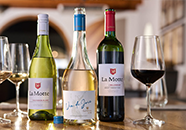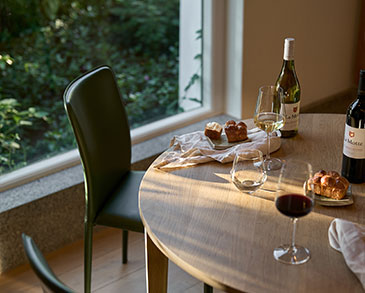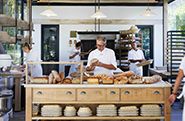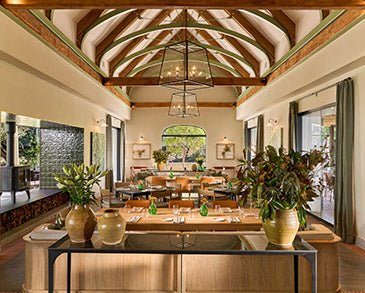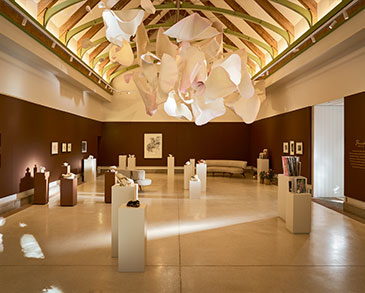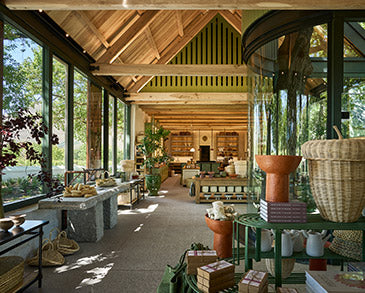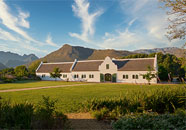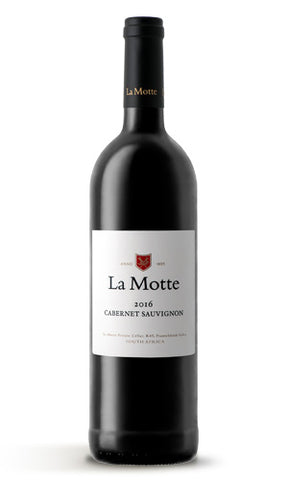
Grapes for the wine originate from vineyards at Stellenbosch (50%), Franschhoek (30%) and Bot River (20%).
The preceding winter was cold enough to allow good budding, but in some places only 33% of the normal rainfall was received. Initially, growth and bunch-forming were good and indicated a promising harvest. With heat-waves in October and January, and an abnormally high number of days with temperatures over 35 degrees Celsius during summer, harvest potential decreased substantially. Water for irrigation was also limited. Harvesting was 10 - 14 days earlier than usual and, due to the heat, acids are lower and pH’s higher.
Stellenbosch vineyards consist of bush-vines from the Helderberg and Bottelary areas, while Stellenbosch and Nabot vineyards are trellised. To promote complexity, different clones from different origins were used.
Grapes were picked in crates and cooled overnight. After cooling, the grapes were hand-sorted before and after de-stemming, and then inoculated with selected yeasts. Fermentation was at between 23 and 28 degrees Celsius. The wine was pumped over three times a day. Following fermentation, extended lees contact of between 20 and 30 days was allowed. For 16 months the wine was matured in 300-litre French oak barrels – 33% new, 33% second-fill and 34% third-fill. Thereafter the Cabernet Sauvignon lots were blended. For added elegance, 8% Cinsaut was also blended in. The wine was bottled in October 2017. 18 000 cartons (6 x 750 ml) were released as 2016 La Motte Cabernet Sauvignon.
Grapes from three areas were combined, to create a complex wine. Bot River yields good tannin structure and colour, Franschhoek yields pure berry fruit, and grapes from Stellenbosch yield volume and light mint spice. Cinsaut lowers the alcohol content and enhances fruit and elegance.
Alcohol 13,5% Vol
Total acid 5,8 g/l
Residual sugar 3,0 g/l
pH 3,58

